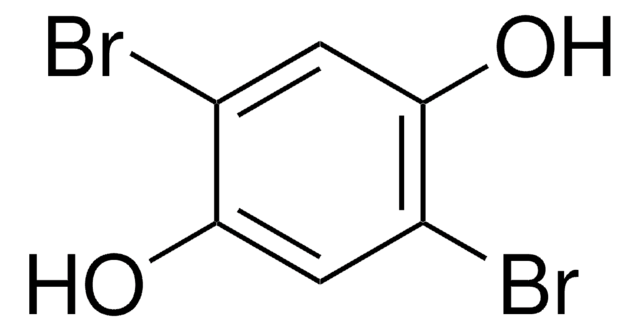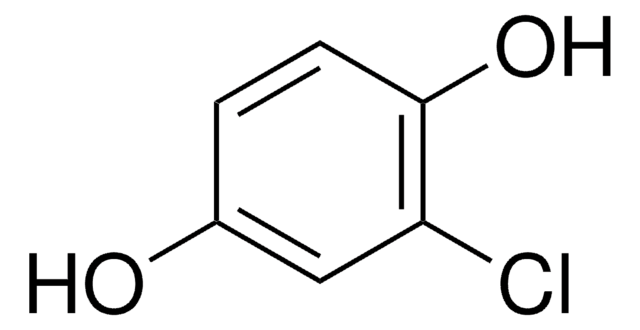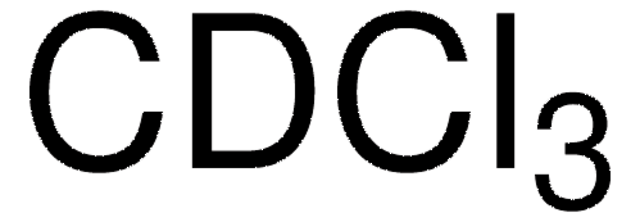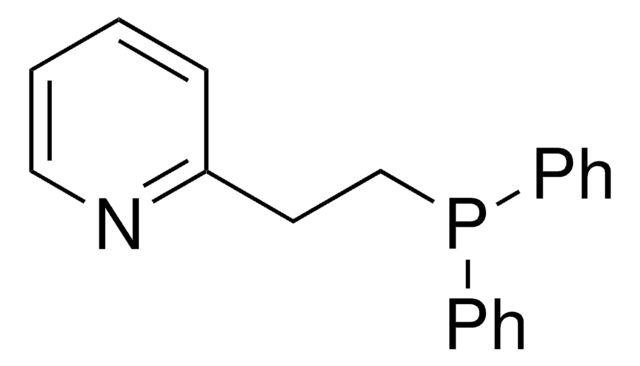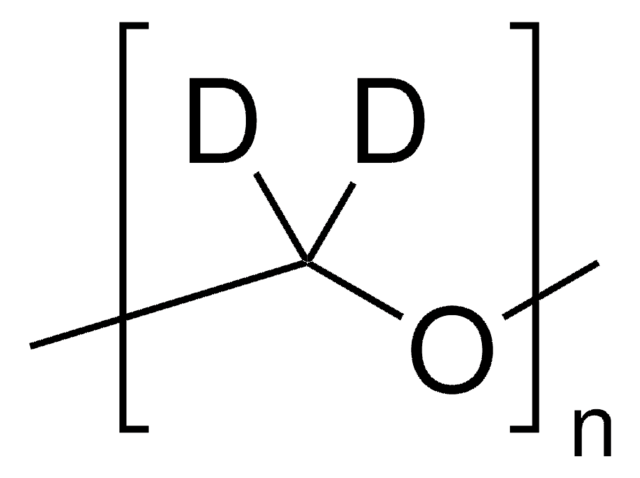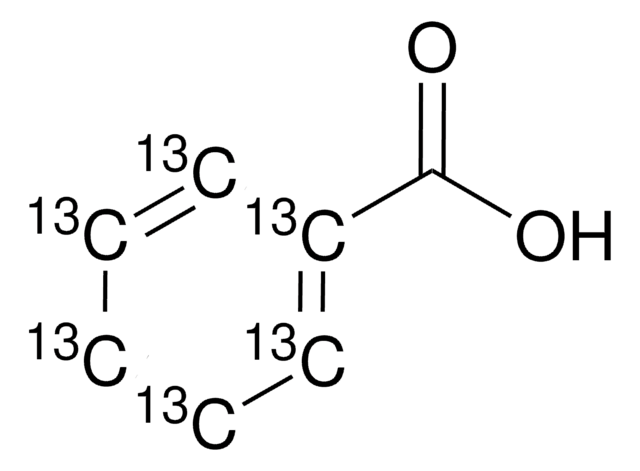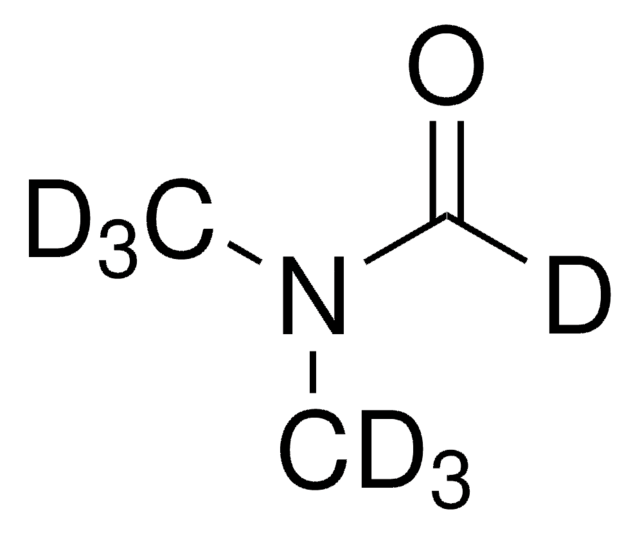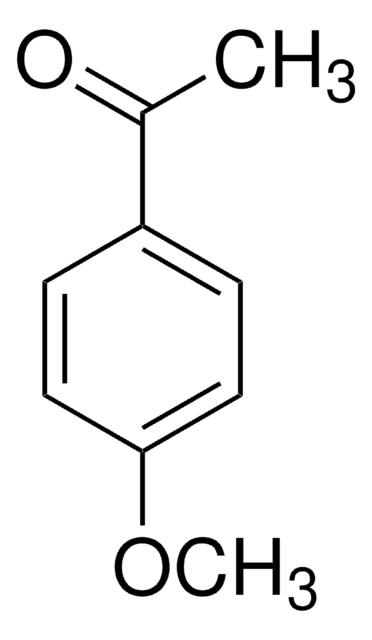推荐产品
方案
97%
mp
112-116 °C (lit.)
官能团
bromo
SMILES字符串
Oc1ccc(O)c(Br)c1
InChI
1S/C6H5BrO2/c7-5-3-4(8)1-2-6(5)9/h1-3,8-9H
InChI key
REFDOIWRJDGBHY-UHFFFAOYSA-N
应用
Bromohydroquinone was used in the synthesis of Π-conjugated polymers composed of alkyl carbazole/dialkoxyphenylene and squaraine units via Sonogashira cross-coupling reactions. It was used in the preparation of 2-bromobenzoquinone.
警示用语:
Warning
危险声明
危险分类
Eye Irrit. 2 - Skin Irrit. 2 - STOT SE 3
靶器官
Respiratory system
储存分类代码
11 - Combustible Solids
WGK
WGK 3
闪点(°F)
Not applicable
闪点(°C)
Not applicable
个人防护装备
dust mask type N95 (US), Eyeshields, Gloves
历史批次信息供参考:
分析证书(COA)
Lot/Batch Number
T J Monks et al.
Drug metabolism and disposition: the biological fate of chemicals, 13(5), 553-559 (1985-09-01)
Incubation of either o-bromophenol or 2-bromohydroquinone with rat liver microsomes and 0.25 mM 35S-glutathione (GSH) gave rise to several isomeric 35S-GSH conjugates. A mixture of these isomeric GSH conjugates was prepared chemically and two were purified by HPLC; 1H-NMR spectroscopy
T J Monks et al.
Molecular pharmacology, 34(1), 15-22 (1988-07-01)
The formation of potentially reactive thiols has been postulated to play a role in the nephrotoxicity caused by a number of glutathione and/or cysteine conjugates. However, the inherent reactivity of such compounds has precluded both their identification in biological systems
R G Schnellmann et al.
Toxicology and applied pharmacology, 90(3), 420-426 (1987-09-30)
2-Bromohydroquinone (BHQ) is a nephrotoxic metabolite of bromobenzene and a model toxic hydroquinone. The primary goal of these studies was to determine whether BHQ produces toxicity in rabbit renal proximal tubules by inhibiting mitochondrial function. BHQ induces a specific sequence
X Yang et al.
Journal of toxicology and environmental health, 48(4), 319-332 (1996-07-01)
The role of proteinases in renal proximal tubule (RPT) cellular death was examined using specific inhibitors of proteinases. Rabbit RPT suspensions were incubated with antimycin A for 1 h or tetrafluoroethyl-L-cysteine (TFEC) for 4 h in the absence or presence
J E Andrews et al.
Toxicology and applied pharmacology, 120(1), 1-7 (1993-05-01)
Glutathione conjugates of 2-bromohydroquinone (GSyl-BHQ) cause renal proximal tubular necrosis that is dependent upon the activity of gamma-glutamyl transferase (GGT). GGT is present in embryonic yolk sac and its activity increases with gestational age, suggesting that the developing embryo might
我们的科学家团队拥有各种研究领域经验,包括生命科学、材料科学、化学合成、色谱、分析及许多其他领域.
联系技术服务部门